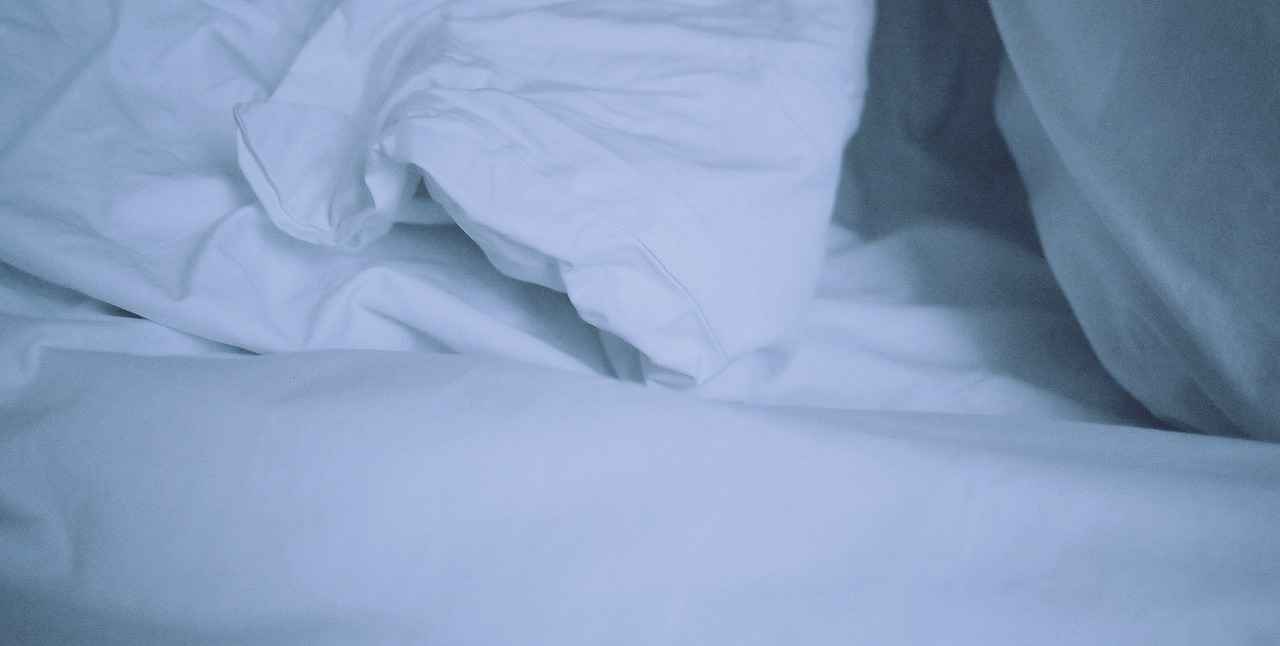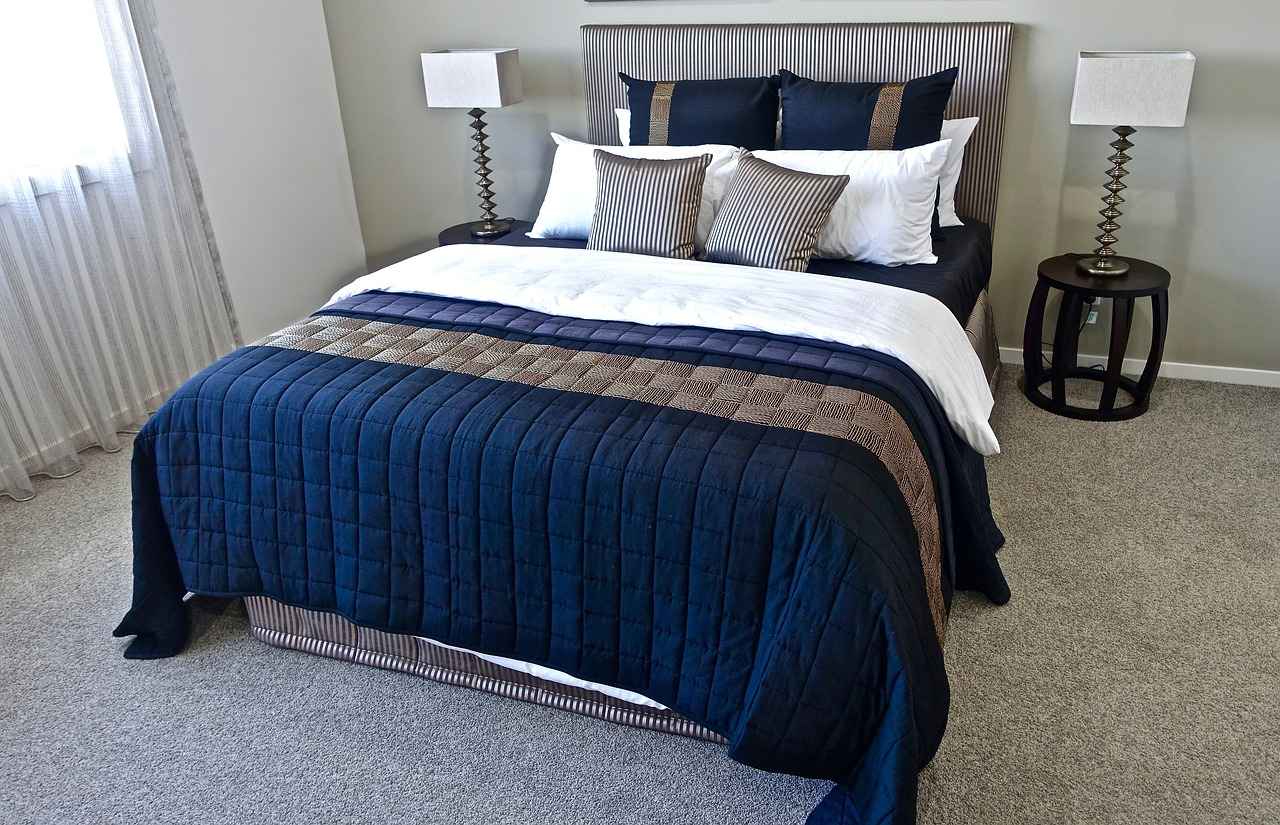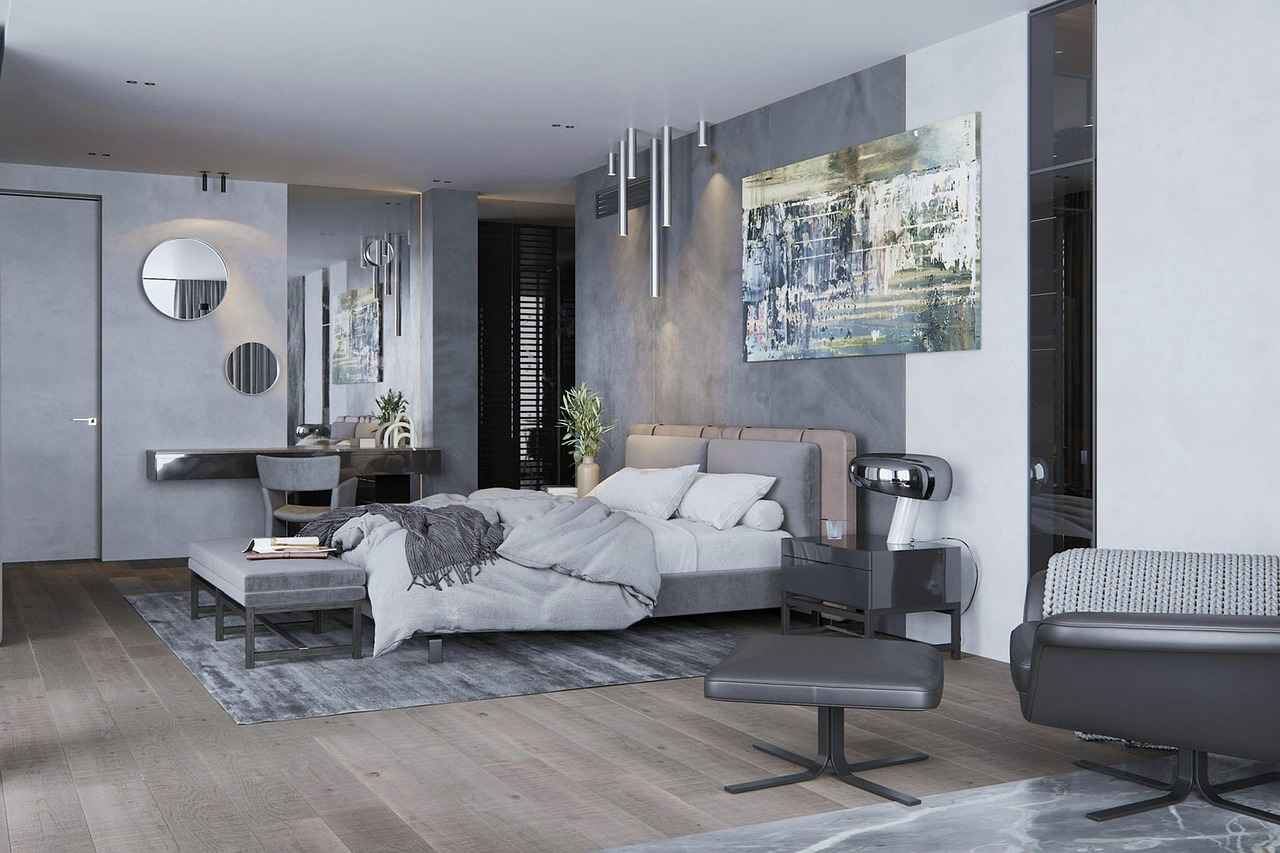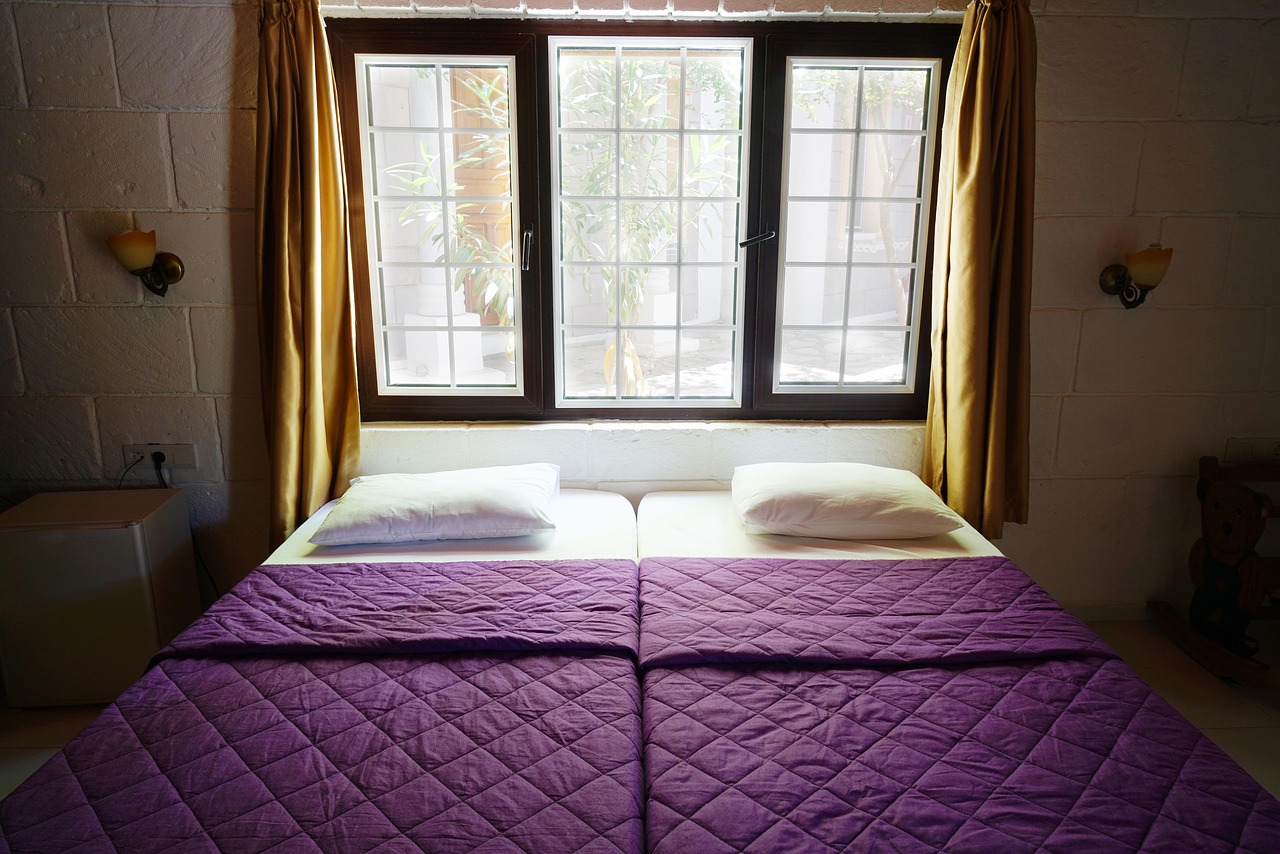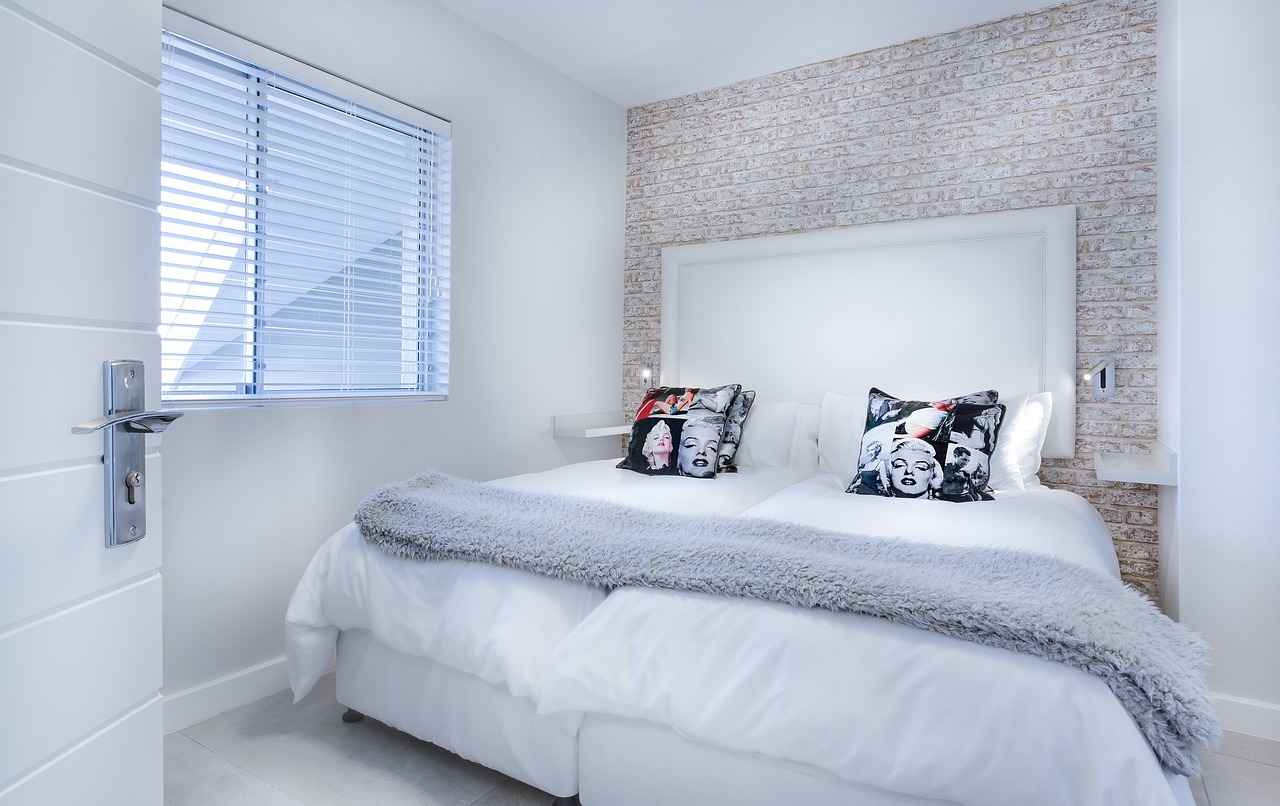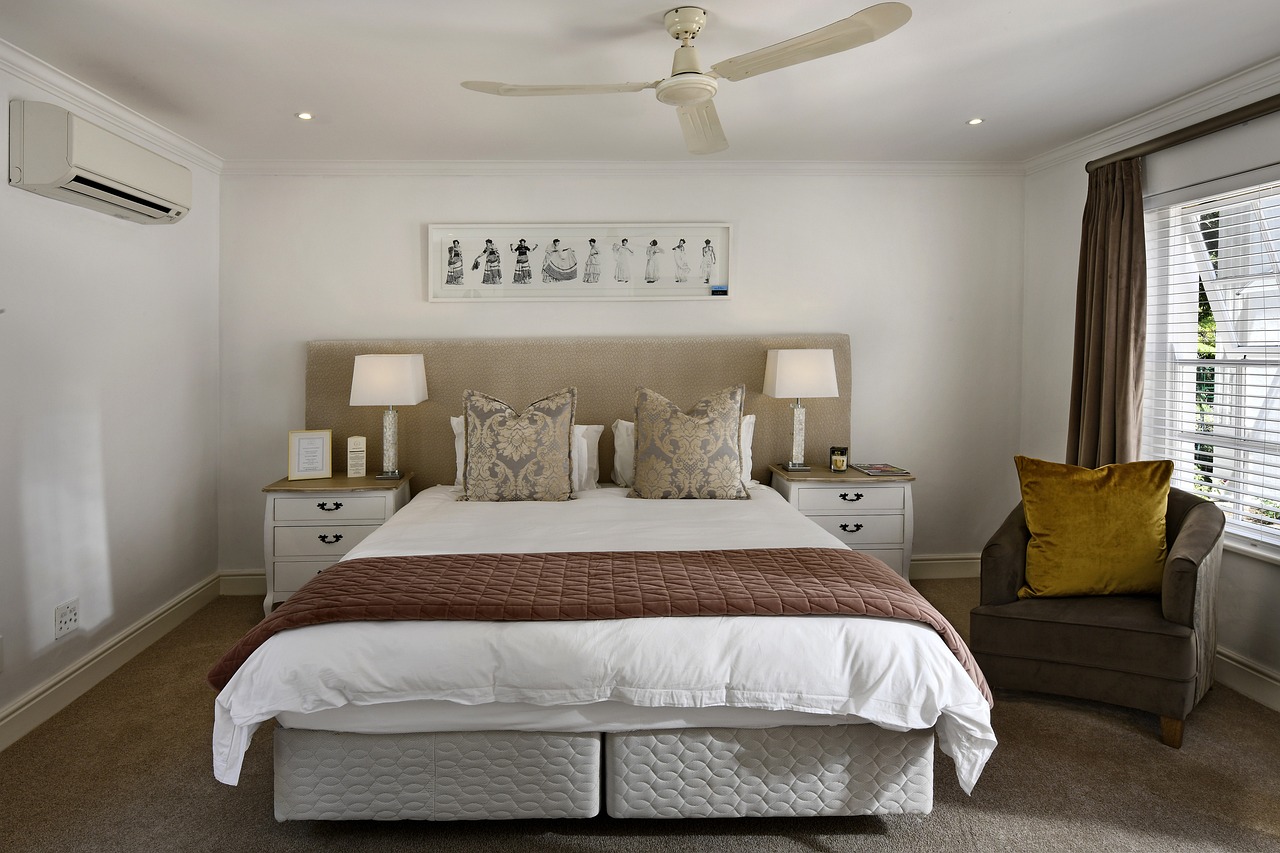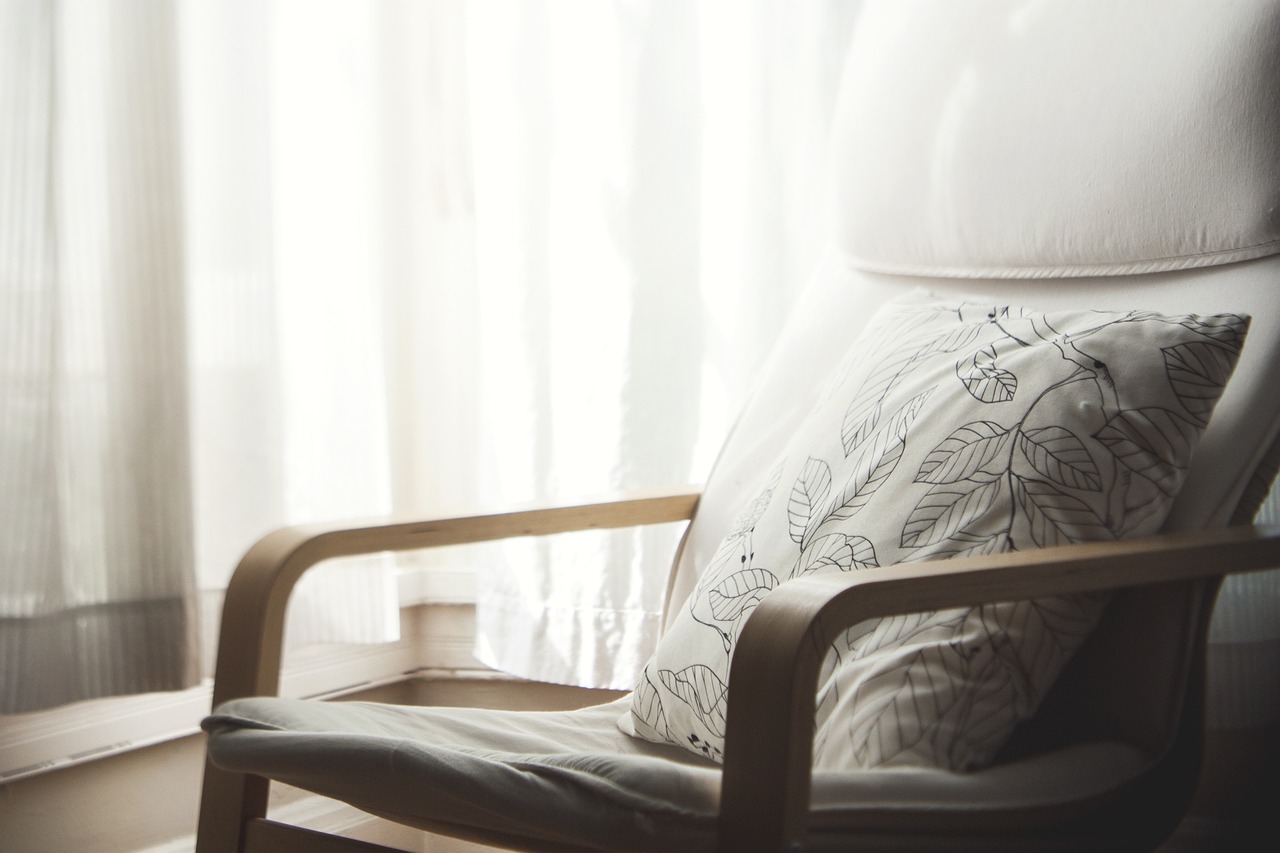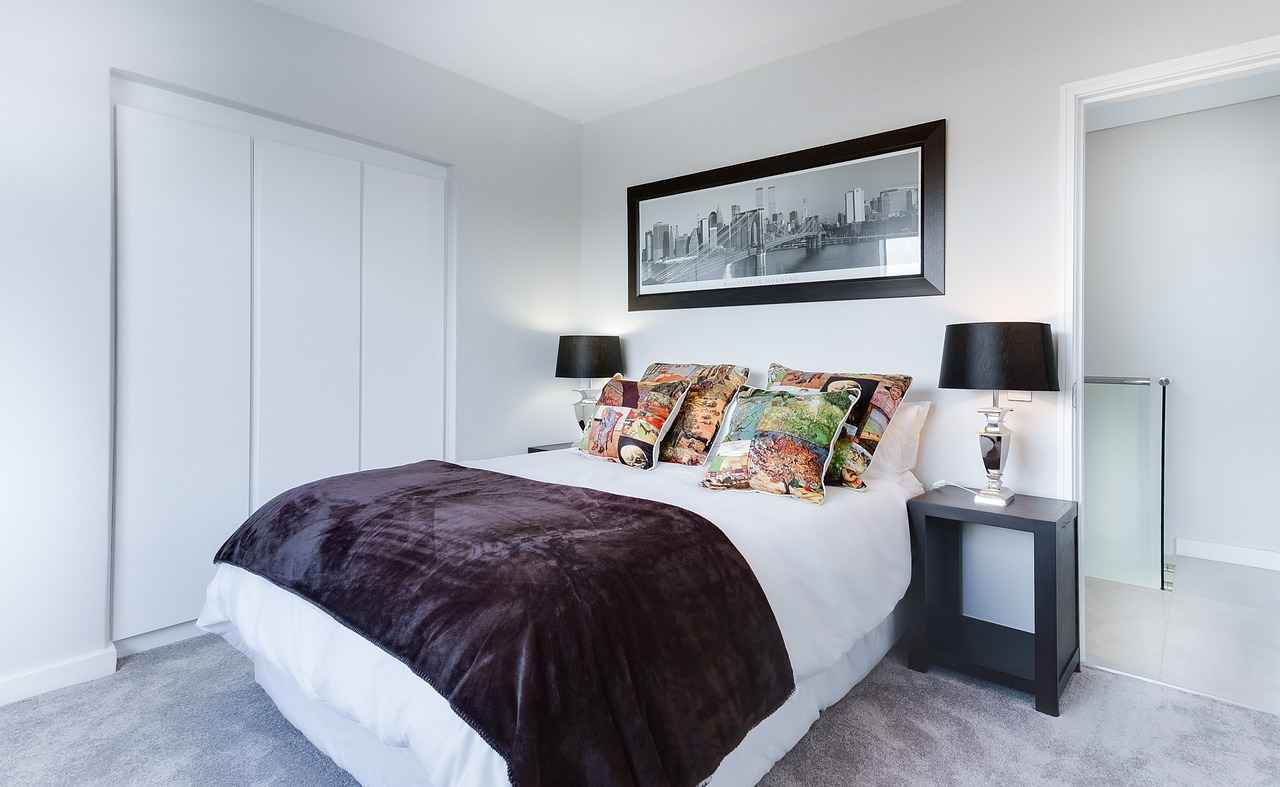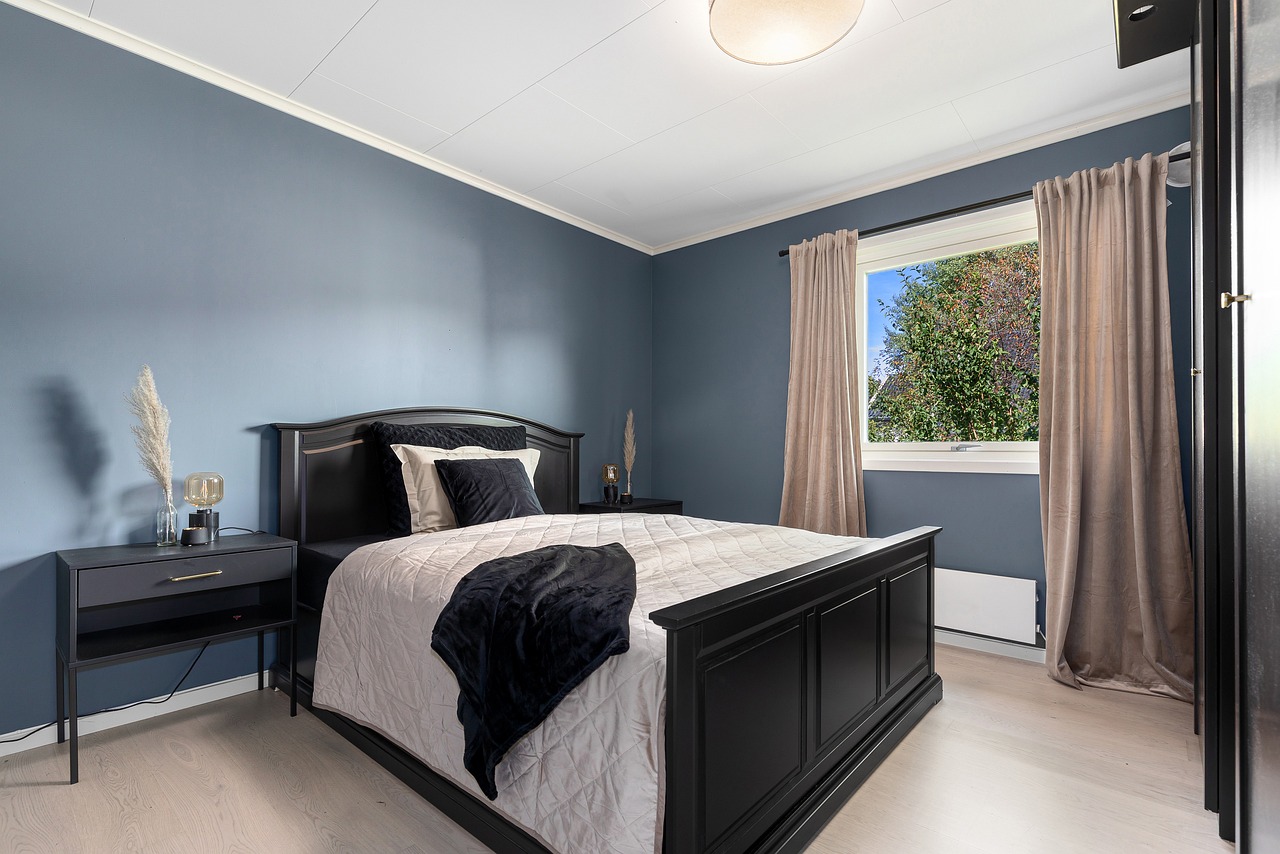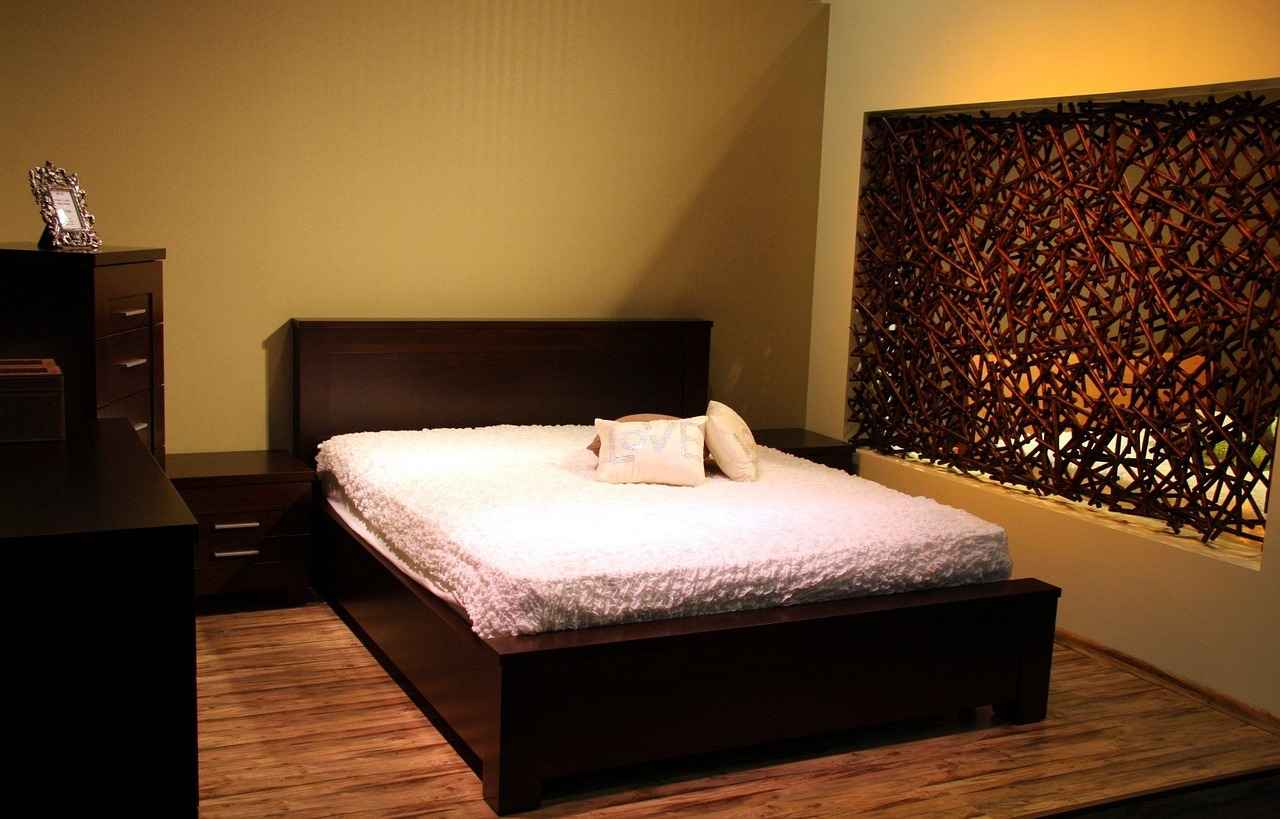This article explores various antique bed designs that exude charm and elegance, providing inspiration for those looking to incorporate classic styles into their home decor. Antique beds are not just furniture; they are a testament to craftsmanship and history, often becoming the focal point of a bedroom.
Understanding Antique Bed Styles
Antique beds come in a myriad of styles, each reflecting the design trends of their respective eras. From the ornate details of the Victorian era to the simplicity of Edwardian designs, these beds offer a glimpse into the past while enhancing modern interiors. Here are some popular styles:
- Victorian Era Beds: Known for their intricate detailing, Victorian beds often feature elaborate carvings and luxurious fabrics.
- Edwardian Beds: Characterized by lighter designs, these beds emphasize elegance and minimalism.
- French Provincial Beds: Infused with romance, these beds often showcase curved lines and floral motifs.
Victorian Era Beds
Victorian beds stand out for their grandeur and intricate detailing. The use of rich materials, such as mahogany and oak, contributes to their opulent appearance. These beds often feature:
- Ornate Carvings: Intricate designs that reflect the craftsmanship of the era.
- Canopies: Adding a sense of drama and elegance to the bedroom.
Materials Used in Victorian Beds
The choice of materials is crucial in defining the Victorian style. Common woods like mahogany and oak not only provide durability but also enhance the aesthetic appeal. Luxurious upholstery, often in rich fabrics like velvet, adds to the overall elegance.
Edwardian Bed Designs
In contrast to the Victorian style, Edwardian beds are known for their simplicity and lighter designs. This era embraced a more minimalist approach, focusing on clean lines and understated elegance.
- Key Characteristics: Edwardian beds often feature straight lines and less ornate detailing compared to their Victorian counterparts.
- Popular Accessories: Accessories such as simple bedside tables and understated linens complement the elegance of Edwardian beds.
French Provincial Beds
French Provincial beds bring a touch of romance and charm to any bedroom. Characterized by their curved lines and floral motifs, these beds create a dreamy aesthetic.
- Design Elements: The elegant curves and intricate carvings are hallmarks of the French Provincial style.
- Color Palettes: Soft pastels and muted tones enhance the romantic feel, making these beds perfect for a cozy, inviting space.
Crafting a Timeless Bedroom Aesthetic
Incorporating antique beds into your bedroom requires a thoughtful approach. Here are some practical tips:
- Mixing Antique and Modern Elements: Achieving harmony between antique and contemporary styles can elevate your space. Consider pairing an antique bed with modern accessories for a balanced look.
- Accessorizing with Antique Beds: Choose decor that complements your bed while maintaining a cohesive look. Consider vintage lamps, classic linens, and artwork that reflect the era of your bed.
By understanding the unique characteristics of various antique bed designs, you can create a bedroom that not only reflects your personal style but also pays homage to the timeless beauty of classic furniture.
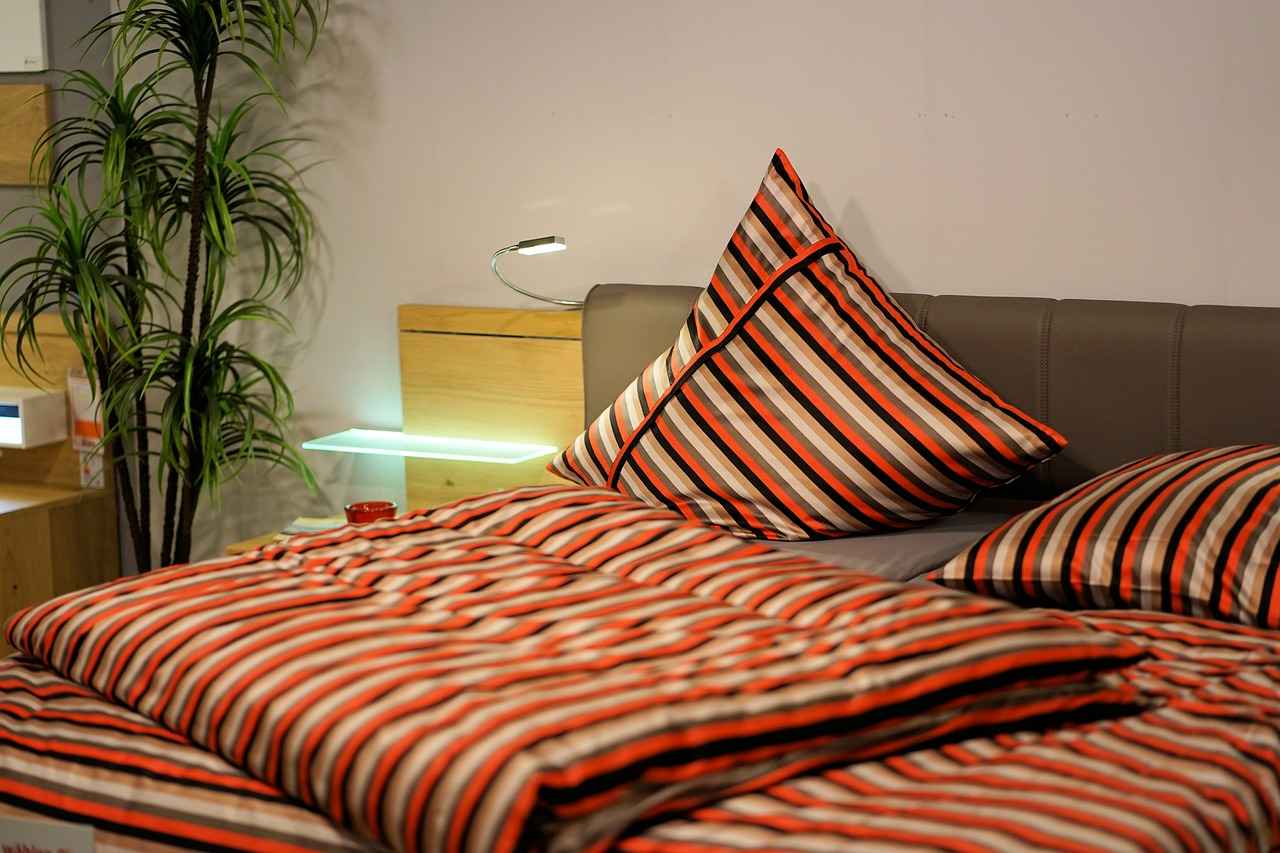
Understanding Antique Bed Styles
Antique beds are not just functional pieces of furniture; they are also a reflection of the rich history and artistry of their time. Each style carries with it a story, a set of cultural influences, and a unique aesthetic that can transform a bedroom into a sanctuary of elegance. This article delves into the fascinating world of antique bed styles, exploring their key characteristics and the design trends that shaped them.
Antique beds come in a variety of styles, each representing the design sensibilities of its era. From the ornate details of the Victorian period to the minimalist elegance of the Edwardian era, these beds serve as a testament to craftsmanship and artistic expression. Below, we explore some of the most notable antique bed styles and their defining features.
Victorian beds are renowned for their intricate detailing and grandeur. Characterized by elaborate carvings and rich upholstery, these beds often serve as the centerpiece of a bedroom. The Victorian style emphasizes opulence, with features such as:
- Ornate Carvings: Many Victorian beds showcase intricate woodwork, including floral patterns and scrollwork.
- Canopy Designs: Canopy beds were popular, adding a dramatic flair and an element of privacy.
- Rich Fabrics: Luxurious textiles, such as velvet and silk, were commonly used for upholstery.
In contrast to the Victorian style, Edwardian beds are characterized by a more minimalist approach that embraces simplicity and elegance. Key features of Edwardian beds include:
- Sleek Lines: The designs tend to have cleaner lines and less ornamentation, reflecting the era’s focus on functionality.
- Light Woods: Materials like pine and birch are often used, contributing to a brighter, airier feel.
- Subtle Details: While less ornate, Edwardian beds may still feature delicate inlays or carvings.
French Provincial beds exude romance and charm, often characterized by their soft curves and floral motifs. This style emphasizes a rustic yet elegant aesthetic, with defining characteristics such as:
- Curved Lines: The gentle curves of the bed frame add a sense of softness and femininity.
- Floral Motifs: Many designs incorporate hand-painted or carved floral patterns, enhancing their decorative appeal.
- Warm Color Palettes: Soft, muted colors such as pastel blues and creams are commonly used to create a soothing atmosphere.
Incorporating antique beds into your bedroom design requires thoughtful consideration. Here are some practical tips for blending these stunning pieces with modern decor:
- Mixing Styles: Combine antique beds with contemporary furnishings to create a balanced look. For example, pairing a Victorian bed with sleek, modern nightstands can create an intriguing contrast.
- Accessorizing Wisely: Choose accessories that complement the style of your antique bed. Vintage linens, decorative pillows, and period-appropriate artwork can enhance the overall aesthetic.
- Layering Textures: Use a variety of textures, such as soft throws and plush rugs, to create a cozy and inviting space.
By understanding the unique characteristics of different antique bed styles, you can make informed choices that reflect your personal taste while honoring the craftsmanship of the past. Whether you prefer the grandeur of Victorian beds or the understated elegance of Edwardian designs, incorporating these timeless pieces into your home can bring a touch of history and charm to your living space.

Victorian Era Beds
Victorian beds are celebrated for their intricate detailing and grandiose designs. These beds, which flourished during the Victorian era (1837-1901), encapsulate a unique blend of craftsmanship and opulence that remains a popular choice for those seeking to evoke a sense of classic elegance in their home decor. This section delves into the defining features of Victorian beds, highlighting why they are a timeless choice for classic decor enthusiasts.
One of the most striking characteristics of Victorian beds is their ornate carvings. Craftsmen of the era often employed elaborate motifs, including floral patterns, scrollwork, and even figures, which were meticulously carved into the wood. These decorative elements not only enhance the aesthetic appeal of the bed but also showcase the skilled craftsmanship of the period. The attention to detail is evident in every curve and line, making each piece a work of art.
Many Victorian beds feature canopy designs, which add a dramatic flair to the bedroom. Canopies can be draped with luxurious fabrics, creating an intimate and romantic atmosphere. This element of design not only serves a decorative purpose but also reflects the Victorian fascination with creating cozy, enclosed spaces. The combination of the canopy and ornate details makes these beds a focal point in any room.
Victorian beds are often constructed from rich hardwoods such as mahogany, walnut, or oak, which contribute to their durability and timeless appeal. The choice of materials speaks to the era’s emphasis on quality and longevity. Additionally, these beds are frequently upholstered with luxurious fabrics like velvet, brocade, or silk, enhancing their elegance. The interplay of textures adds depth and richness to the overall design.
The headboards and footboards of Victorian beds are often designed to be equally impressive. Many feature tall, imposing headboards that command attention, often embellished with intricate carvings or tufted upholstery. The footboards, too, are thoughtfully designed, often mirroring the headboard’s details. This symmetry not only enhances the visual appeal but also reinforces the bed’s status as a centerpiece in the bedroom.
Victorian beds are typically finished in deep, rich colors that reflect the opulence of the era. Dark stains and polished surfaces highlight the natural beauty of the wood while contributing to a luxurious ambiance. When paired with the right color palette in the bedroom, these beds can create a harmonious and inviting space.
For those looking to incorporate Victorian beds into contemporary settings, it’s essential to strike a balance between traditional and modern elements. Consider pairing a Victorian bed with minimalist furniture or modern accessories to create a cohesive look that honors the past while embracing the present. This blend can result in a stunningly unique space that reflects both history and personal style.
In conclusion, Victorian beds stand as a testament to the artistry and craftsmanship of their time. Their intricate detailing, luxurious materials, and distinctive features make them a timeless choice for anyone looking to add a touch of classic elegance to their decor.
Materials Used in Victorian Beds
Victorian beds are a hallmark of luxury and elegance, representing a period where craftsmanship and attention to detail were paramount. The materials used in these beds not only contribute to their aesthetic appeal but also enhance their durability and functionality. In this section, we will explore the various materials that define Victorian beds, focusing on the rich woods and sumptuous fabrics that characterize this opulent style.
One of the most notable features of Victorian beds is their use of high-quality woods. Commonly used woods include:
- Mahogany: Renowned for its deep, reddish-brown hue, mahogany is prized for its beauty and strength. Its fine grain and ability to take on a high polish make it a favorite for ornate bed frames.
- Oak: Known for its durability, oak features a distinctive grain pattern that adds character. It is often used in Victorian beds that emphasize both sturdiness and elegance.
- Walnut: This wood is celebrated for its rich color variations and intricate grain patterns. Walnut beds often showcase elaborate carvings, making them a stunning centerpiece in any bedroom.
The choice of wood not only affects the visual appeal of the bed but also its longevity. Victorian beds made from these materials can withstand the test of time, often becoming family heirlooms.
In addition to wood, the textiles used in Victorian beds are equally important. The fabrics chosen for upholstery often reflect the grandeur of the era. Common upholstery materials include:
- Silk: Known for its luxurious feel and luster, silk is often used for bed canopies and headboards, adding a touch of opulence.
- Velvet: This rich fabric offers a soft texture and is often used in Victorian bed designs to create a sense of warmth and comfort.
- Damask: Featuring intricate patterns, damask is a popular choice for bed linens and drapery, enhancing the overall aesthetic of the bedroom.
The selection of these fabrics not only enhances the visual appeal of the bed but also contributes to the overall comfort. The combination of rich woods and luxurious fabrics creates a harmonious balance that defines the Victorian style.
Investing in a Victorian bed means considering not only its beauty but also its durability. Proper care and maintenance can ensure that these exquisite pieces last for generations. Here are some tips:
- Regular Cleaning: Dusting the wood and vacuuming fabric components will help maintain their appearance.
- Conditioning Wood: Using wood conditioner periodically can prevent drying and cracking.
- Fabric Care: For upholstery, consider professional cleaning to preserve the integrity of the fabric.
By understanding the materials that define Victorian beds, homeowners can appreciate the craftsmanship and thought that goes into these timeless pieces. Whether one is looking to restore an antique or invest in a new piece, recognizing the importance of quality materials is essential for maintaining the beauty and functionality of Victorian beds.
Wood Types in Victorian Design
In the realm of antique furniture, Victorian beds stand out for their elegance and craftsmanship. Among the key elements that contribute to their timeless appeal are the types of wood used in their construction. Two of the most common woods associated with Victorian beds are mahogany and oak. Each of these materials offers unique advantages that enhance both aesthetics and longevity.
Mahogany is celebrated for its rich, deep color and fine grain, making it a preferred choice for Victorian beds. This wood is not only visually striking but also durable, ensuring that the furniture can withstand the test of time. The natural luster of mahogany provides a warm and inviting atmosphere in any bedroom, while its resistance to warping and decay makes it an excellent investment. Additionally, mahogany is often used in intricate carvings, allowing artisans to create stunning details that reflect the grandeur of the Victorian era.
On the other hand, oak is renowned for its strength and stability. This hardwood is less prone to damage and can endure heavy use, making it ideal for beds that are meant to last. Oak’s pronounced grain and light color provide a rustic charm that can complement various decor styles, from traditional to contemporary. The versatility of oak allows for a range of finishes, enabling homeowners to customize their Victorian beds to fit their personal taste.
| Wood Type | Aesthetic Appeal | Durability | Carving Potential |
|---|---|---|---|
| Mahogany | Rich color, fine grain | Highly durable, resistant to warping | Excellent for intricate designs |
| Oak | Rustic charm, pronounced grain | Very strong, stable | Good for simpler, robust designs |
Both mahogany and oak embody the essence of Victorian design, offering a blend of beauty and functionality. When selecting a Victorian bed, consider the specific qualities of these woods to find the perfect piece that aligns with your aesthetic preferences and practical needs.
In addition to their physical properties, the choice of wood can significantly influence the overall ambiance of a bedroom. Mahogany, with its luxurious feel, is ideal for creating a sophisticated and intimate space, while oak can evoke a more casual and welcoming atmosphere. Understanding these nuances allows homeowners to make informed decisions that enhance their living spaces.
Ultimately, the wood types used in Victorian beds are not just about aesthetics; they are also a testament to the era’s commitment to quality craftsmanship. By choosing either mahogany or oak, you are investing in a piece of history that will bring character and charm to your home for generations to come.
Textiles and Upholstery
The elegance of Victorian beds is significantly enhanced by the choice of textiles and upholstery. This aspect not only adds to the visual appeal but also contributes to the overall comfort and style of the bed. In this section, we will explore popular upholstery options used during the Victorian era and their impact on the aesthetic of these classic pieces.
Victorian beds were often dressed in luxurious fabrics that reflected the grandeur of the period. Commonly used materials included silk, velvet, and brocade. Each of these textiles offered unique characteristics that elevated the design:
- Silk: Known for its smooth texture and lustrous finish, silk was a favored choice for bed coverings and canopies. Its shimmering quality adds a sense of opulence and sophistication, making it a staple in Victorian decor.
- Velvet: This plush fabric provides a rich, tactile experience. Velvet upholstery not only adds depth to the design but also enhances the warmth of the bed, making it inviting and luxurious.
- Brocade: Featuring intricate patterns and designs, brocade fabrics were often used for draperies and bedspreads. The raised patterns add a three-dimensional quality that captures the eye, making it a popular choice for Victorian interiors.
Additionally, the use of patterns in upholstery played a crucial role in defining the Victorian aesthetic. Floral motifs, damask designs, and paisley patterns were prevalent, often reflecting the natural world and contributing to a sense of harmony within the space. These patterns not only served as decorative elements but also created a visual connection between different pieces of furniture in the room.
It is also important to note the significance of color in Victorian textiles. Rich, deep hues such as burgundy, emerald green, and royal blue were commonly used, creating a dramatic effect that complemented the ornate details of the beds. These colors helped to evoke a sense of luxury and comfort, aligning perfectly with the overall design philosophy of the Victorian era.
In terms of functionality, the upholstery choices in Victorian beds were not merely for aesthetics; they also played a role in durability and maintenance. High-quality fabrics were selected for their ability to withstand wear and tear, ensuring that these beds remained not only beautiful but also practical for everyday use.
As we delve deeper into the world of Victorian beds, it becomes clear that the choice of textiles and upholstery is integral to their charm. The luxurious materials, intricate patterns, and rich colors all contribute to the overall elegance of these timeless pieces. By understanding the significance of these elements, one can appreciate the artistry involved in Victorian bed design and how it continues to inspire modern decor choices.
Distinctive Features of Victorian Beds
Victorian beds are a stunning representation of the artistic and architectural advancements of the 19th century. Known for their rich detail and grandiose designs, these beds are not just furniture; they are a statement piece that embodies the elegance of the Victorian era. This section will explore the distinctive features that set Victorian beds apart from other styles, focusing on their ornate carvings, canopies, and overall craftsmanship.
- Ornate Carvings: One of the most striking characteristics of Victorian beds is the intricate carvings that adorn them. These carvings often depict floral patterns, scrollwork, and even mythological figures, showcasing the craftsmanship of the time. The use of high-quality woods like mahogany and walnut allows for detailed work that enhances the bed’s aesthetic appeal.
- Canopies: Many Victorian beds feature canopies, which add a sense of drama and luxury to the bedroom. These canopies can be elaborately draped with rich fabrics, creating a cozy and intimate space. The canopy not only serves a decorative purpose but also provides a sense of privacy, making it a popular choice in the Victorian era.
- Headboards and Footboards: The headboards and footboards of Victorian beds are often grand and imposing, frequently featuring heightened designs that draw the eye. They may include elaborate carvings, inlays, or even tufted upholstery, contributing to the bed’s overall grandeur.
- Luxurious Fabrics: The choice of fabric used in Victorian beds is equally important. Upholstered beds often feature rich velvets, silks, or brocades that not only add to the visual appeal but also provide comfort. The interplay of textures in the bedding and drapery enhances the luxurious feel of the space.
- Color Palette: Victorian beds typically showcase deep, rich colors that reflect the opulence of the era. Shades like burgundy, navy, and forest green are commonly used, often paired with gold or brass accents to create a striking contrast. This color palette helps to establish a warm and inviting atmosphere in the bedroom.
In addition to these features, Victorian beds are also known for their sturdy construction. The craftsmanship involved in creating these beds ensures that they are not only beautiful but also durable. Many Victorian beds have stood the test of time, becoming cherished heirlooms passed down through generations.
Furthermore, the versatility of Victorian beds allows them to fit seamlessly into various decor styles. Whether you are aiming for a traditional look or a more eclectic design, these beds can serve as a focal point that ties the room together. Their unique features invite creativity in accessorizing and styling, making them a popular choice for those who appreciate timeless elegance.
Ultimately, the distinctive features of Victorian beds—such as their ornate carvings, luxurious fabrics, and grand canopies—make them a captivating choice for any bedroom. By understanding these elements, homeowners can appreciate the artistry behind these designs and consider how to incorporate them into their own spaces.
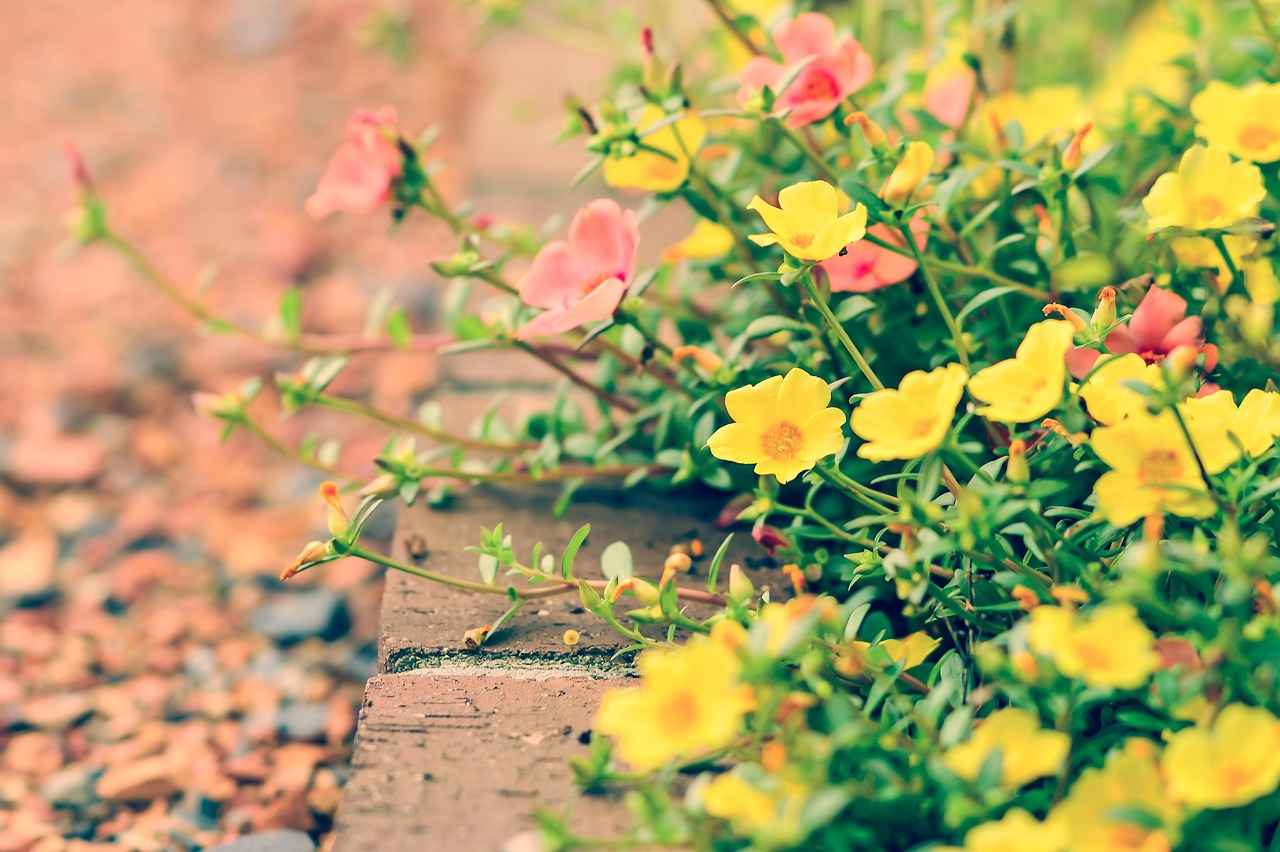
Edwardian Bed Designs
Edwardian bed designs represent a significant shift in furniture aesthetics, characterized by a move towards lighter designs and a more minimalist approach. This era, spanning from 1901 to 1910, was marked by a desire for simplicity and elegance, moving away from the ornate styles of the Victorian period. In this section, we explore the defining features of Edwardian-style beds that make them a popular choice for both antique enthusiasts and modern decorators alike.
The Edwardian style is often described as graceful and functional. Unlike the heavy, intricate designs of the Victorian era, Edwardian beds typically feature:
- Streamlined Shapes: The lines of Edwardian beds are often soft and flowing, eschewing the elaborate carvings of previous styles.
- Light Materials: Common materials include birch, maple, and pine, which contribute to the lighter overall appearance.
- Subtle Detailing: While Edwardian beds may lack the bold ornamentation of their predecessors, they often include delicate inlays or understated motifs.
- Neutral Color Palettes: The color schemes tend to favor soft whites, creams, and pastels, enhancing the light and airy feel of the beds.
To enhance the elegance of Edwardian beds, various accessories can be incorporated:
- Canopies: Light fabric canopies add a touch of romance without overwhelming the minimalist design.
- Bed Linens: Crisp white or pastel-colored linens complement the bed’s simplicity, while lace or subtle patterns can add a hint of texture.
- Decorative Pillows: Soft, plush pillows in coordinating colors can enhance comfort and visual appeal.
- Bedside Tables: Choosing matching or complementary bedside tables in light woods can create a cohesive look.
Edwardian beds are not only aesthetically pleasing but also practical. Their minimalist design allows for easy integration into various bedroom styles, from traditional to contemporary. Furthermore, the use of lighter materials makes them easier to move and rearrange, catering to those who enjoy changing their decor frequently.
To preserve the beauty of Edwardian beds, regular maintenance is essential:
- Dusting: Use a soft cloth to gently dust the surface, preventing the buildup of dirt and grime.
- Polishing: Periodically apply a suitable wood polish to maintain the finish and protect the wood.
- Check for Damage: Regularly inspect for any signs of wear or damage, addressing issues promptly to avoid further deterioration.
In conclusion, Edwardian bed designs offer a unique blend of elegance and functionality. Their lighter, minimalist aesthetic makes them a versatile choice for a variety of home decor styles. By understanding the key characteristics and accessories that complement these beds, homeowners can create a timeless and inviting bedroom space.
Key Characteristics of Edwardian Beds
The Edwardian era, spanning from 1901 to 1910, marked a significant transition in design philosophy. Moving away from the ornate details of the Victorian period, this era embraced a more minimalist approach that emphasized simplicity and elegance. This shift is particularly evident in the design of Edwardian beds, which have become cherished pieces in antique collections and modern homes alike.
One of the most striking features of Edwardian beds is their use of lighter woods such as pine and mahogany, often combined with delicate finishes that highlight their natural beauty. This choice of materials not only contributes to a more airy aesthetic but also allows these beds to blend seamlessly with various interior styles. The craftsmanship during this period focused on creating functional yet visually appealing furniture, resulting in beds that are both practical and stylish.
In terms of design, Edwardian beds often feature straight lines and subtle curves, moving away from the heavy, intricate carvings typical of Victorian styles. The headboards are usually simpler, showcasing a refined elegance that is both timeless and inviting. Many Edwardian beds also include canopy designs, but these are typically less elaborate than their Victorian counterparts, often using sheer fabrics to create a soft, romantic atmosphere.
- Color Palette: Edwardian beds often incorporate soft, muted colors such as pastels and whites, which enhance their delicate nature. This color scheme promotes a sense of tranquility and is perfect for creating a serene bedroom environment.
- Upholstery: The use of luxurious fabrics like silk and velvet for bed coverings adds a touch of sophistication. Upholstered headboards are also common, providing both comfort and style.
- Functional Design: Unlike the more decorative Victorian beds, Edwardian designs prioritize functionality. Many beds from this era feature built-in storage solutions, such as drawers or shelves, making them practical for modern living.
Another appealing characteristic of Edwardian beds is their versatility. They can easily complement various interior styles, from traditional to contemporary. This adaptability makes them a popular choice for those looking to incorporate a touch of history into their home decor without overwhelming the space.
Moreover, the Edwardian era was known for its focus on comfort and well-being. Beds from this period often feature designs that promote restful sleep, with ergonomic shapes and supportive structures. This emphasis on comfort continues to resonate with modern buyers, making Edwardian beds a timeless investment.
In conclusion, the —from their elegant simplicity and functional design to their versatile aesthetics—make them a sought-after choice for those looking to add a classic touch to their bedrooms. Whether you are an antique enthusiast or simply appreciate the charm of historical designs, Edwardian beds offer a perfect blend of style and practicality.
Popular Accessories for Edwardian Beds
When it comes to enhancing the charm and elegance of Edwardian bed designs, accessories play a crucial role. These accessories not only complement the minimalist yet sophisticated style of Edwardian beds but also contribute to creating a harmonious bedroom atmosphere. In this section, we will explore a variety of popular accessories that beautifully enhance Edwardian beds.
- Canopy Drapes: One of the most striking accessories for Edwardian beds is the use of canopy drapes. These soft fabrics can be hung from the bed frame to create a cozy and inviting space. Choosing light, airy materials like linen or sheer cotton can enhance the elegance of the bed while maintaining a sense of openness.
- Bed Linens: The right choice of bed linens can significantly impact the overall look of an Edwardian bed. Opt for luxurious fabrics such as silk or high-thread-count cotton in soft, muted colors. Patterns like floral or damask can add a touch of vintage charm that resonates with the Edwardian aesthetic.
- Decorative Pillows: Incorporating a variety of decorative pillows can elevate the comfort and style of your Edwardian bed. Choose pillows in different sizes and textures, mixing solid colors with patterned fabrics to create visual interest. This layering effect not only enhances comfort but also adds to the bed’s overall elegance.
- Bedside Tables: Complementing your Edwardian bed with bedside tables that reflect the same style is essential. Look for tables crafted from rich woods, featuring intricate carvings or inlays. These pieces not only provide functional storage but also serve as decorative elements that enhance the overall aesthetic of the bedroom.
- Lighting: The right lighting can transform the atmosphere of a bedroom. Consider using vintage-style lamps or sconces with soft, warm light to create a cozy ambiance. Look for designs that incorporate brass or wrought iron, which align beautifully with the Edwardian style.
- Artwork and Mirrors: Adding artwork or mirrors above the bed can create a focal point in the room. Choose framed paintings or vintage mirrors that echo the elegance of the Edwardian era. Ornate frames in gold or dark wood can enhance the overall decor while providing a sense of depth and light.
- Throws and Blankets: A well-placed throw or blanket can add warmth and texture to an Edwardian bed. Opt for soft, luxurious materials like cashmere or wool in subtle colors that complement the bed linens. This not only adds comfort but also enhances the visual appeal of the bed.
In conclusion, accessorizing an Edwardian bed is about creating a harmonious blend of comfort and elegance. By carefully selecting accessories that reflect the style and era, you can transform your bedroom into a sophisticated retreat that pays homage to the timeless beauty of Edwardian design.
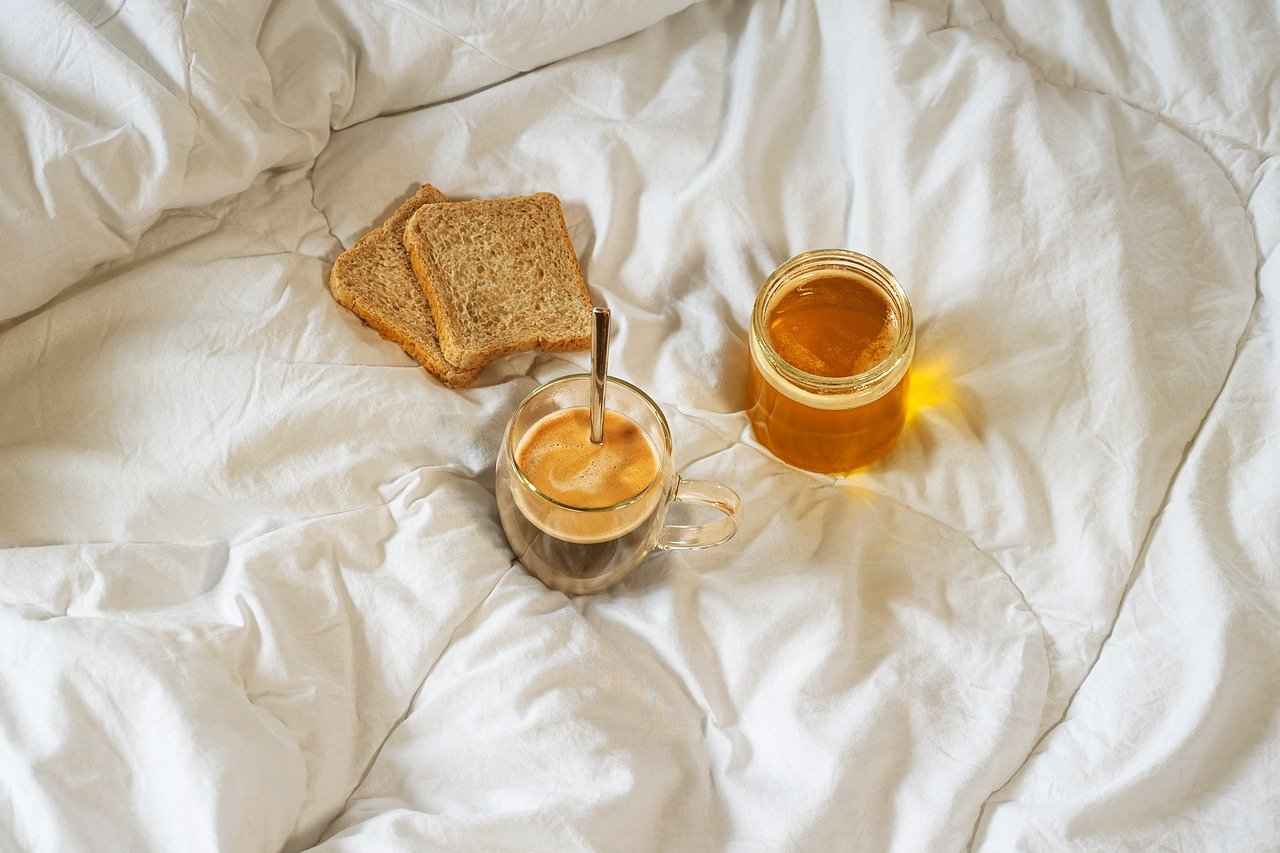
French Provincial Beds
are synonymous with romance and charm, bringing a touch of the countryside into your home. Originating from the rural regions of France, this style reflects a rustic yet elegant aesthetic that captures the essence of French country living. In this section, we will delve into the key elements that define this enchanting style, exploring its design elements, color palettes, and overall appeal.
One of the most distinctive features of is their curved lines and floral motifs. These beds often showcase intricate carvings and detailing that highlight craftsmanship. The use of natural materials, such as oak and pine, enhances their rustic charm while ensuring durability. The headboards are typically adorned with graceful curves and soft edges, contributing to their overall romantic feel.
Color choices play a vital role in achieving the French Provincial aesthetic. Soft, muted tones such as pastels, creams, and light blues are commonly used to create a serene and inviting atmosphere. These colors not only reflect the natural beauty of the French countryside but also allow for easy integration with various decor styles. Additionally, incorporating distressed finishes on the wood can add character and depth to the overall look.
To enhance the beauty of , consider accessorizing with vintage linens and decorative pillows that feature floral patterns or lace detailing. A plush, upholstered headboard can also add a layer of comfort and elegance. When selecting bedding, opt for soft, natural fabrics like cotton or linen in coordinating colors to maintain a cohesive look.
When integrating a French Provincial bed into your bedroom, it’s essential to create a harmonious environment. Pairing the bed with complementary furniture pieces, such as a shabby chic nightstand or a distressed dresser, can enhance the overall aesthetic. Incorporating elements like a canopy or a bed skirt can also elevate the romantic feel of the space.
To preserve the charm of your French Provincial bed, regular maintenance is key. Dusting and cleaning with gentle, non-abrasive products will help maintain the integrity of the wood and finishes. Additionally, consider using furniture polish to protect the surface and keep it looking new. Avoid exposing the bed to direct sunlight to prevent fading and damage to the wood.
In conclusion, embody a timeless elegance that can transform any bedroom into a romantic retreat. By understanding their design elements, color palettes, and the right accessories, you can create a space that reflects both charm and sophistication. This style not only adds character to your home but also invites a sense of tranquility, making it a perfect choice for those who appreciate the beauty of classic design.
Design Elements of French Provincial Beds
The French Provincial bed is a stunning representation of the rustic elegance that defines French country style. These beds are not just furniture; they are a statement of charm and romance, often becoming the focal point of a bedroom. In this section, we will explore the distinctive design elements that contribute to the unique allure of French Provincial beds.
- Curved Lines: One of the most recognizable features of French Provincial beds is their graceful curves. The headboards and footboards often exhibit soft, flowing lines that create a sense of movement and elegance. This design choice reflects the natural beauty found in the French countryside, evoking a sense of tranquility.
- Floral Motifs: Floral patterns are a hallmark of French Provincial design. These beds frequently incorporate delicate floral carvings or upholstery featuring floral prints. These motifs add a touch of femininity and warmth, making the bed feel inviting and cozy.
- Rich Textures: The textures used in French Provincial beds enhance their visual appeal. Common materials include distressed wood, often painted in soft, muted colors, and luxurious fabrics like linen or velvet. This combination not only provides a tactile experience but also adds depth to the overall design.
- Intricate Carvings: Many French Provincial beds are adorned with intricate carvings that showcase skilled craftsmanship. These carvings often depict natural elements like leaves, flowers, or scrolls, contributing to the bed’s rustic charm. The attention to detail in these designs is a testament to the artistry of French furniture makers.
- Soft Color Palettes: The colors associated with French Provincial beds are typically soft and muted. Shades of pastel blues, creamy whites, and gentle greens are common, creating a serene and peaceful atmosphere in the bedroom. These colors not only enhance the bed’s aesthetic but also promote a calming environment.
In summary, the design elements of French Provincial beds—curved lines, floral motifs, rich textures, intricate carvings, and soft color palettes—combine to create a distinctive look that is both romantic and timeless. These features not only reflect the beauty of French country style but also offer an inviting and cozy atmosphere for any bedroom. By incorporating these design elements, one can easily transform a space into a haven of elegance and charm.
Color Palettes for French Provincial Beds
When it comes to achieving the French Provincial aesthetic, the selection of color palettes is crucial. This style is renowned for its romantic and rustic charm, often evoking images of serene countryside homes in France. The right colors not only enhance the beauty of French Provincial beds but also create a warm and inviting atmosphere in the bedroom.
Below, we explore some of the most popular color palettes that embody the essence of this enchanting style:
- Soft Pastels: Soft pastel colors like pale pink, light blue, and mint green are quintessential to the French Provincial look. These colors bring a sense of tranquility and elegance, making them perfect for bedrooms. They can be used on bed linens, curtains, and even painted furniture to create a cohesive look.
- Earthy Tones: Incorporating earthy tones such as taupe, cream, and sage green can add depth and warmth to the space. These colors reflect the natural elements of the French countryside, providing a rustic touch that complements wooden furniture and antique accents.
- Rich Jewel Tones: For those who prefer a bolder approach, rich jewel tones like deep burgundy, royal blue, and emerald green can create a dramatic yet elegant atmosphere. These colors work beautifully with luxurious fabrics and ornate details typical of French Provincial beds.
- Neutral Shades: Neutral shades, including whites, grays, and beiges, serve as a perfect backdrop for more vibrant accessories and decor. They allow the intricate designs of the bed to take center stage while maintaining a sophisticated ambiance.
In addition to these color palettes, consider the following tips to enhance the romantic feel of your French Provincial bedroom:
- Layering Textures: Use various fabrics and textures to add depth to the color scheme. Combining soft linens with luxurious velvets or silks can create a rich, inviting space.
- Accent Colors: Incorporate accent colors through decorative pillows, throws, and artwork. These elements can introduce pops of color that energize the room while still adhering to the overall palette.
- Natural Light: Consider how natural light interacts with your chosen colors. Lighter shades can brighten up the space, while darker hues may create a cozy, intimate feel.
Ultimately, the color choices you make for your French Provincial bed should reflect your personal style while enhancing the romantic and timeless quality of this design. By thoughtfully selecting your palettes and incorporating complementary elements, you can create a bedroom that is not only beautiful but also a true reflection of the French Provincial charm.
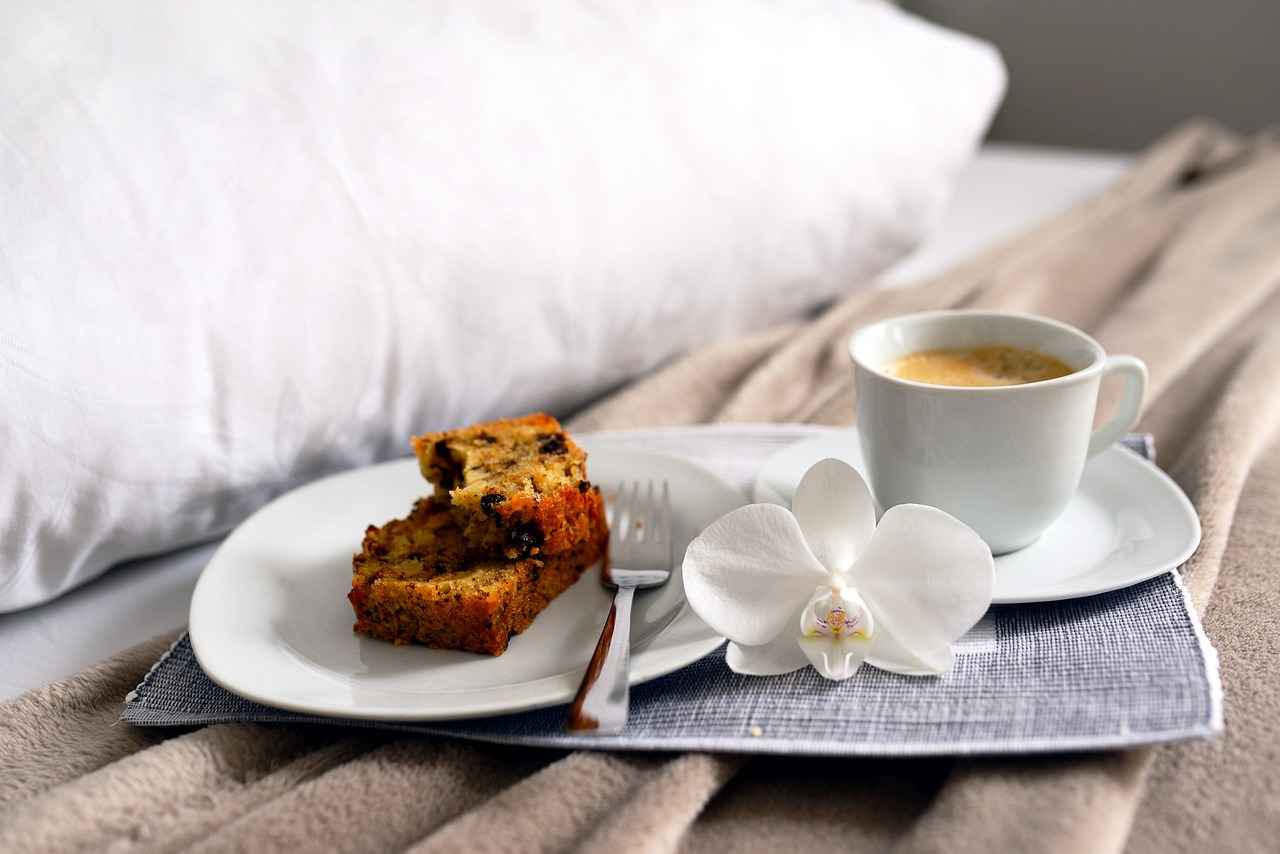
Crafting a Timeless Bedroom Aesthetic
Incorporating antique beds into your bedroom requires thoughtful design and a keen eye for detail. The juxtaposition of vintage charm with modern aesthetics can create a unique and inviting atmosphere. This section provides practical tips for blending antique beds with contemporary decor, ensuring that both elements harmoniously coexist.
When integrating an antique bed into your bedroom, it’s essential to establish it as the focal point of the room. Select a bed that stands out, whether through its intricate carvings, rich wood tones, or unique shape. To enhance its presence, consider painting the walls in a neutral palette that complements the bed’s color.
To avoid a cluttered look, balance the antique bed with modern furniture pieces. For instance, pair the bed with sleek nightstands or a contemporary dresser. This contrast will highlight the bed’s vintage appeal while keeping the overall design fresh and updated. Opt for furniture with clean lines and minimal ornamentation to maintain harmony.
Accessories play a crucial role in blending styles. Choose modern bedding that features simple patterns or solid colors to allow the antique bed to shine. Layering textures, such as a chunky knit throw or plush pillows, can add warmth without overwhelming the space. Additionally, consider using contemporary artwork or mirrors to create a visual balance.
Lighting can dramatically affect the atmosphere of your bedroom. Use modern light fixtures to illuminate the space while providing a contrast to the antique bed. Pendant lights or sleek table lamps can enhance the room’s overall design while ensuring adequate lighting for reading or relaxation.
Area rugs can help define the space around your antique bed. A modern rug with geometric patterns can provide a striking contrast against the vintage design, grounding the room and adding comfort. Ensure the rug is large enough to fit under the bed and extend beyond its sides for a cohesive look.
Color coordination is vital when blending antique and modern styles. While the antique bed may feature rich, warm tones, you can introduce cooler or lighter shades through your choice of decor, such as curtains or wall art. This strategy creates a balanced visual flow that ties the room together.
Minimalism is a powerful tool when combining antique and modern elements. Keep decor to a minimum to prevent the space from feeling overcrowded. Choose a few statement pieces that reflect both styles and allow them to stand out. This approach not only enhances the antique bed’s beauty but also creates a serene environment.
Finally, incorporate personal touches that reflect your style. Whether it’s family heirlooms, travel souvenirs, or handmade decor, these items can add character to your bedroom. By thoughtfully selecting pieces that resonate with you, you can create a space that feels both personal and inviting.
In summary, blending an antique bed with modern decor requires a careful balance of elements. By choosing a focal point, balancing with modern pieces, and incorporating thoughtful accessories, you can create a timeless bedroom aesthetic that honors the past while embracing the present.
Mixing Antique and Modern Elements
Finding the perfect balance between antique and contemporary styles can transform your living space into a harmonious and inviting environment. The integration of these two design aesthetics not only showcases your unique taste but also creates a rich narrative within your home. This section provides practical strategies for successfully blending antique and modern elements, ensuring that both styles complement each other beautifully.
- Identify Common Themes: Start by identifying common themes or colors that can bridge the gap between antique and modern pieces. For instance, if you have a Victorian-style bed with intricate woodwork, consider incorporating modern artwork that features similar color tones or motifs to create visual coherence.
- Layering Textures: Mixing textures is a powerful way to achieve harmony. Pair a sleek, modern duvet cover with an antique quilt or throw. The contrast in textures adds depth and interest to your bedding while maintaining a cohesive look.
- Focal Points: Establish a focal point in the room that draws attention and sets the tone for the design. This could be an antique bed that serves as the centerpiece, complemented by contemporary nightstands or lamps. This approach allows the antique piece to stand out while modern accessories enhance its charm.
- Furniture Arrangement: Consider the arrangement of your furniture carefully. Positioning modern furniture around an antique bed can create a balanced aesthetic. For example, a minimalist chair or a sleek side table can provide a contemporary contrast to the ornate details of an antique bed.
- Use of Color: Color plays a crucial role in blending styles. Choose a color palette that includes both modern and vintage hues. Soft pastels or neutral tones work well to create a calming atmosphere, while bolder colors can add vibrancy and energy to the space.
- Accessorize Wisely: Accessories can make or break the integration of styles. Opt for modern decorative items, such as geometric vases or abstract sculptures, that can complement the curves and details of antique furniture. This juxtaposition creates a dynamic visual interest.
By implementing these strategies, you can create a space that celebrates both antique elegance and modern simplicity. The goal is to achieve a seamless blend where each element enhances the other, resulting in a cohesive and inviting environment. Remember, the key to successful integration lies in thoughtful selection and placement of pieces that resonate with your personal style.
Furthermore, don’t hesitate to experiment with different combinations until you find the perfect balance that reflects your personality. The beauty of mixing antique and modern elements lies in the endless possibilities it offers for creative expression.
Accessorizing with Antique Beds
When it comes to enhancing the beauty of antique beds, the right accessories can make all the difference. These timeless pieces not only serve a functional purpose but also contribute to the overall aesthetic of your bedroom. In this section, we will explore how to select decor that complements your antique bed while maintaining a cohesive and elegant look.
Accessorizing your antique bed involves a careful balance of style, color, and texture. Here are some essential tips to consider:
- Understand the Style: Before selecting accessories, it’s crucial to understand the specific style of your antique bed. Whether it’s Victorian, Edwardian, or French Provincial, each style has unique characteristics that can guide your accessory choices.
- Color Coordination: Select accessories that harmonize with the color palette of your bed. For instance, if your bed features rich mahogany wood, consider using warm tones in your bedding and decor to create a unified look.
- Texture Matters: Incorporate various textures to add depth to your space. Luxurious fabrics such as velvet or silk can complement the ornate details of an antique bed, while natural materials like linen can provide a more understated elegance.
Here are some popular accessories that can beautifully enhance the look of your antique bed:
| Accessory Type | Description |
|---|---|
| Bed Linens | Opt for high-quality sheets and duvet covers that reflect the era of your bed. Consider lace or embroidered options for a vintage touch. |
| Pillows | Layering decorative pillows can add comfort and style. Choose pillows with patterns or textures that complement the bed’s design. |
| Throws | A soft throw can enhance the cozy feel of your bed. Look for throws in rich colors or intricate patterns that echo the bed’s style. |
| Canopies | If your antique bed allows, consider adding a canopy for a dramatic effect. Fabrics like sheer linen or heavy drapes can create an inviting atmosphere. |
To maintain a cohesive look, consider the following strategies:
- Balance Proportions: Ensure that your accessories are proportionate to the size of your bed. Oversized pillows or throws can overwhelm a smaller bed, while too few accessories can make a larger bed feel sparse.
- Layering Techniques: Layering different elements can create visual interest. For example, place a patterned throw at the foot of the bed and add decorative pillows in varying sizes.
- Consistent Theme: Stick to a consistent theme throughout your bedroom. If your antique bed is ornate, choose accessories that echo this style rather than opting for overly modern pieces.
In conclusion, accessorizing with antique beds is an art that requires thoughtful consideration of style, color, and texture. By carefully selecting accessories that complement your bed while maintaining a cohesive look, you can create a timeless and elegant bedroom that showcases the beauty of your antique piece.
Frequently Asked Questions
- What are the main characteristics of Victorian beds?
Victorian beds are known for their intricate detailing, grandeur, and use of rich materials. They often feature ornate carvings, canopies, and luxurious fabrics that make them a stunning focal point in any bedroom.
- How can I incorporate an antique bed into a modern bedroom?
Mixing antique and modern styles can create a unique aesthetic. Consider using neutral colors for modern furniture to let the antique bed shine. Accessories like contemporary lamps or artwork can also help bridge the gap between styles.
- What materials are commonly used in Edwardian bed designs?
Edwardian beds typically feature lighter woods like pine or birch, and they often emphasize simplicity and elegance. The use of soft fabrics for upholstery also adds to their charming appeal.
- Are French Provincial beds suitable for small spaces?
Absolutely! The curved lines and lighter colors of French Provincial beds can make a small space feel more open and inviting. Just choose a size that fits your room and complement it with matching decor.
- What accessories work well with antique beds?
Accessories like vintage lamps, ornate mirrors, and soft bedding can enhance the beauty of antique beds. Choose items that complement the bed’s style while adding a personal touch to your bedroom.

